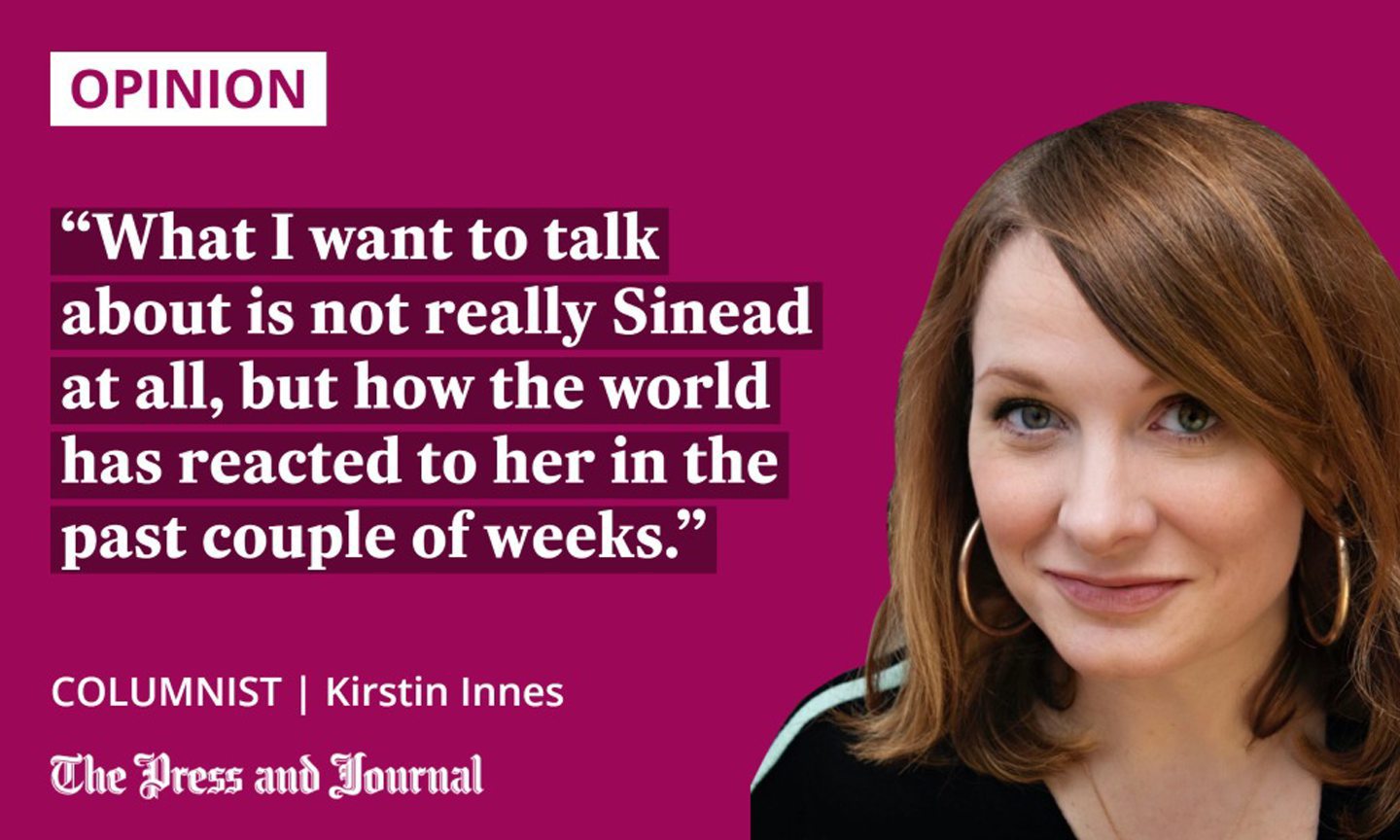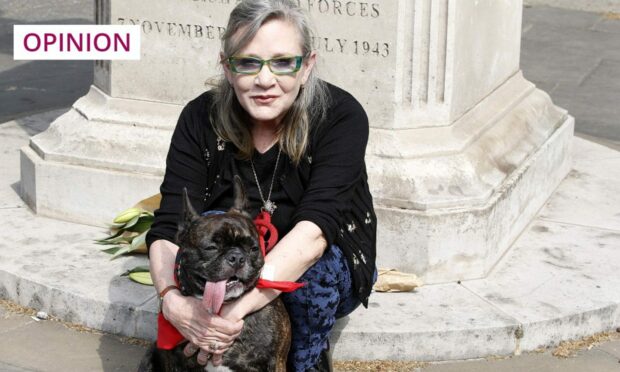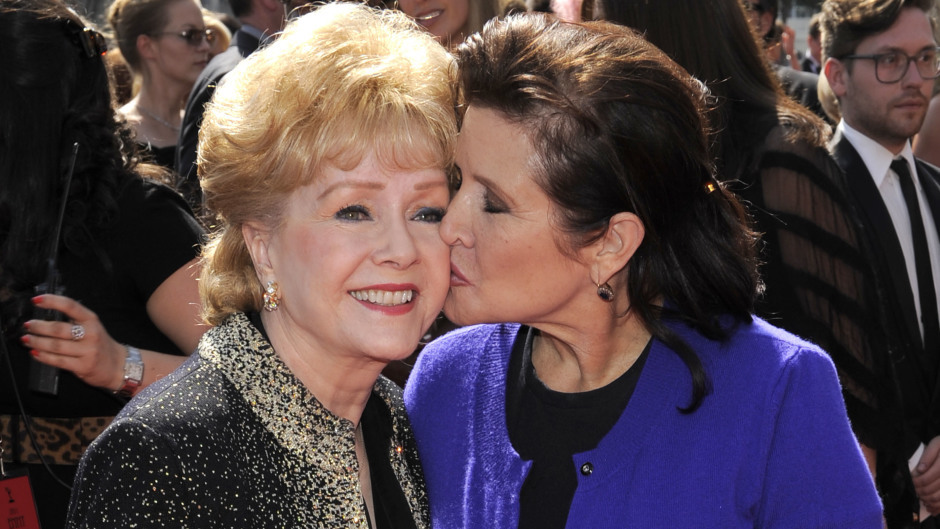A woman in her fifties is found dead. The media code invoked is that “there are no suspicious circumstances”.
The story makes the news because the woman in question had been briefly very famous for her music in her early twenties, her youth and beauty commodified. She was political; wanted to use the platform her fame had given her to draw attention to injustice.
The world was not interested in hearing a beautiful young woman be angry and challenge its comfortable norms – it squashed her, sniggered at her, her record company dropped her.
Throughout her life, she continued to make music and to fight for the causes that were important to her; she never stopped speaking out and was also open about her struggles with mental health. For this, too, she was mocked.
Later in life, she grew angrier still and, tired of it, would argue on social media, chaotic and raw in her anger, nothing PR-smoothed or workshopped. She became the punchline of many jokes.
Then she died.
The world was shocked. The world stopped. The world pinned photos of her frozen at her youngest and most beautiful to its Instagram pages, hailed her as a heroine. The newspapers where the sneering had occurred published tender, heartfelt eulogies. The world loved her in death like it never, ever had alive.

This is not what you think. It’s a slightly altered excerpt from a document I wrote while trying to pitch my novel, Scabby Queen – about the aftermath of the death by suicide of a fictional Scottish former pop star, Clio Campbell – to publishers in 2018. I edited it a little while I watched Sinead O’Connor’s funeral cortege live streamed on the BBC website, as The Guardian and Sky News live-blogged the procession. I wondered how many details I would have to change. Not very many at all is the answer
I’m going to try and tread carefully here – the last thing I want to do is centre a figment of my imagination in the very real death of a very real person, who was magnificent and complicated and who means so much to so many people, including me. What I want to talk about is not really Sinead at all, but how the world has reacted to her in the past couple of weeks.
Weirdly, I learned of the news in exactly the way I’d described characters finding out about Clio’s death: the repeated black and white picture of a beautiful, doe-eyed, early-twenties woman at a microphone, trailed by a wake of hashtags in mourning, filling up my feed.
I went onto Twitter and read media think pieces on the way the media had sneered at and persecuted her; I saw fights break out as some mourners accused others of only caring about her in death.
Over the next few days, people began to tag me into their posts; some were shots of pages from the novel with passages underlined, some just mentioning that they’d been thinking about it.
‘Difficult’ women can be put back in their box after death
When Scabby Queen came out in 2020, a few people asked me if the character had been inspired by Sinead O’Connor. Despite the similarities, she hadn’t been; the way I described the reaction to Clio’s death was, however, directly inspired by another celebrity’s passing, right at the end of 2016.
That had been a big, visible year for Carrie Fisher. She’d published a volume of memoir, detailing her affair with Harrison Ford. The Force Awakens had just come out, and she was facing a lot of sniggering about her appearance – for daring to age, even with the surgeries she said she’d been guilted into having, for stepping back into the role as regal, late-fifties General Organa, not nubile teenage Princess Leia in the gold bikini that launched a thousand fantasies.
She got angry about this criticism on Twitter; she was also angry about Donald Trump’s election. She would stay up late, late into the night, arguing with his supporters. Her anger was chaotic and raw, and they kept on sniggering, putting her down, dismissing her voice. I was awake with a new baby, witnessing it all on my phone during voyeuristic night feeds, a relentless soap opera I couldn’t look away from.
Then she died.
And, as has happened again now, immediately ascended to sainthood. The photo tributes on Instagram: doe-eyed, black and white, 19 again. The eulogies in the outlets that had put her in their sidebar of shame glowed, as though nobody had ever said a bad word about her.
It was possible to sense some relief. Fisher could be reclaimed, in death, as that young, iconic beauty from your childhood, maybe captioned with some of the witty, wry commentary she’d come up with as a writer in her thirties. She could be put back into a box and understood again, safe in the knowledge that she wasn’t going to embarrass us all with her anger and pain.
That December, in 2016, I wrote in the notebook I was monitoring my baby’s feeding in: “we like our female celebrities either young, pretty and silent, or dead”, and it became the basis for an entire novel. That the reaction to Sinead O’Connor’s death has played out exactly as Carrie Fisher’s did says nothing about either of them and a lot about this society.
Kirstin Innes is the author of the novels Scabby Queen and Fishnet, and co-author of non-fiction book Brickwork: A Biography of the Arches


